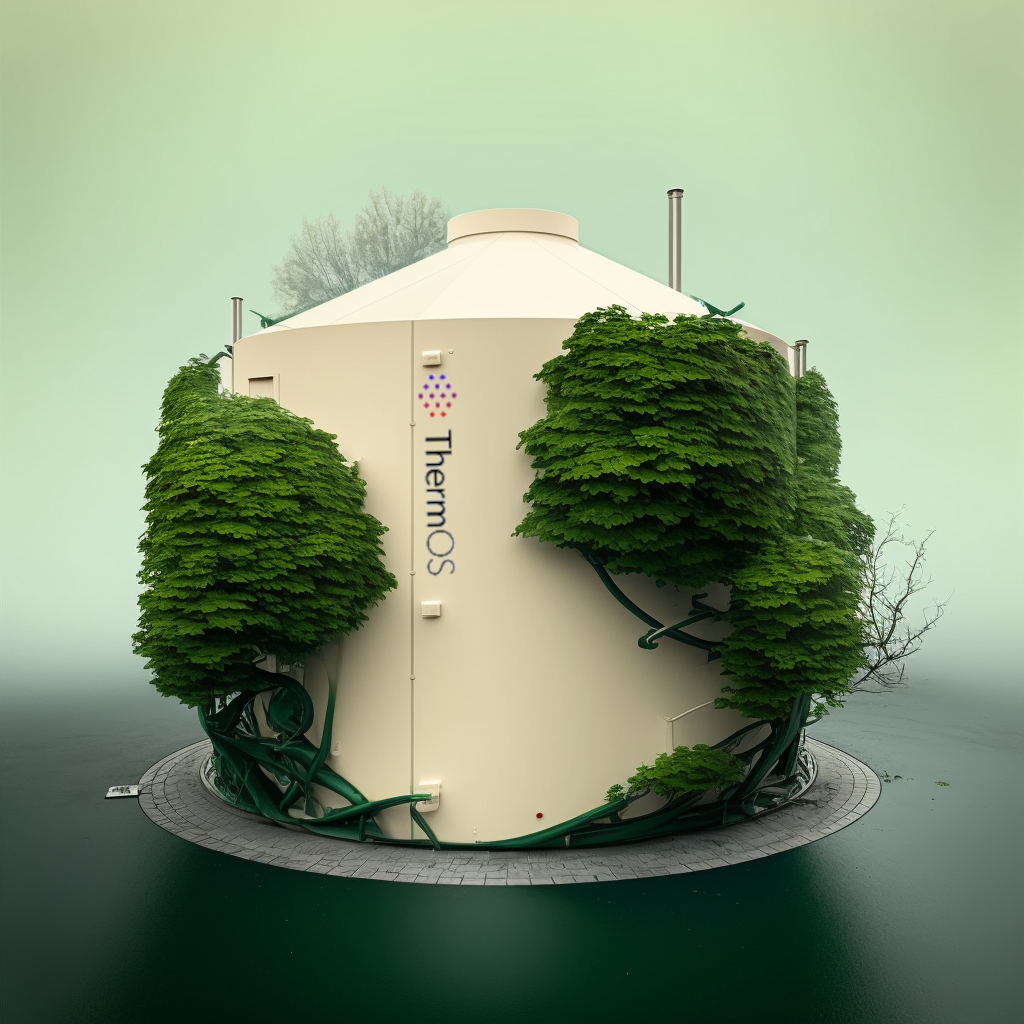Creating innovation in the NCBiR project “Heat and cold storage” – part 2
In June 2022, we reported on a new Research and Development Project we are implementing. It is expected to result in the development of an energy- and cost-optimised system for heat and cooling supply to buildings, including technology for storing surplus energy produced by a photovoltaic installation.
I have written about the premise of this project here: We create innovations in the National Centre for Research and Development’s (NCBiR) project “Heat and cold storage”.
How is our project developing? We have a lot of new information to share.
RES power is growing – is it already too much?
It has been a challenging heating season in which everyone – building owners, residents, manufacturers, and supplierscheat suppliers – had to face the real fuel crisis, the massive increase in the cost of electricity and heat production, and, of course, the steep rise in prices for end consumers.
The heat and electricity market situation we have experienced in the last two years has accelerated the development of Poland’s RES sector, especially in photovoltaics, both prosumer and professional PV farms. For political reasons, onshore wind energy has been waiting in the freezer for years. The already noticeable increase in installed RES capacity will inevitably be even more visible.
However, there are limits to the capacity of the electricity system, and with significant investment, it will be easier to exploit the full available potential of RES installations properly. Outages of prosumer installations are not uncommon in many places, but – interestingly – only for the second time in history, precisely on 23.04.2023, we had to deal with the following situation and a formal announcement from PSE (after Gazeta.pl):
“On 23 April 2023, there is an excess of electricity supply over demand in the electricity system. Its cause is the high production of energy by RES sources due to favorable weather conditions, while at the same time, there is a low demand for energy due to the public holiday.” -Polskie Sieci Elektroenergetyczne (PSE) informin a press release. PSE has announced a threat to the security of the electricity supply due to the need to reduce the generation of RES sources connected to the medium voltage. Such a reduction is only possible after the threat has been announced.
At the same time, on 21 April 2023, an equally exciting piece of information could be seen (per energy.RP.pl):
“Power generators are subsidising customers for additional energy consumption. The price was minus all day on the Epex Spot exchange in Amsterdam. The maximum fell to minus €739.96 per MWh. All thanks to RES”.
How to make use of surplus power?
The system, therefore, urgently needs to be remodelled, which is currently in place, as we will increasingly see similar messages and the accurate cutting off of RES installations from the system. Or, in the next phase of the billing system change from 1 July 2024, prosumers will sell their surplus energy to the grid for nothing. This is an obvious loss for installation owners.
The only way to eliminate the problems described is to rapidly implement various technologies that allow for the short- and long-term storage of surplus energy production from RES installations. Transferring extra energy production from RES installations to consumption hours through thermal storage is also crucial. This applies, in particular, to photovoltaics. This will make it possible to make greater use of the potential of RES installations or the low price of energy on the market at any given time to produce heat or cold for one’s own needs.
The need to move away from using fossil fuels to heat buildings is indisputable. In addition to the low-emission aspects raised for years, the cost of heat production is now decisive, hence, the rapid growth in sales in the building heat pump segment. Unfortunately, heat pumps undoubtedly have advantages but present challenges for the energy system. Not only because of the significant increase in electricity demand during the winter production deficit from PV but also their operation during the evening peak of hot water consumption.
An impetus for developing storage technologies is undoubtedly provided by ecology, self-sufficiency, or security, understood as more excellent stability and resistance of distributed energy systems to acts of economic terror or war.
ThermOS – our answer to the need for heat storage
We are delighted that the R&D Project we are carrying out is responding to these challenges. We have just completed Phase I of the project, which has produced both designs and physical prototypes of two systems called ThermOS. We are awaiting the results after an external audit, so we have yet to share many details. But right now, we want to present the name and logo of our heat storage system and an eye-pleasing visualisation that is essentially the same as one version of our heat storage.

The ThermOS solution developed by ConnectPoint assumes implementing a two-stage heat storage system, where the commercially known and commonly used internal CO buffers have been supplemented with another ‘stage’ of heat or cold storage. This concept results in a system extended by external heat and cold storage (ZMC), with a capacity many times that of the buffer. This is the Tank Thermal Energy Storage (TTES) type.
Currently, there is a need for this type of equipment on the market, a solution similar to the large above-ground heat accumulators used in district heating systems, obviously on a micro-scale. Such a storage facility, which – according to the concept developed, will be a mass-produced, prefabricated product that is easy to transport and assemble on the property, will make it possible to fill a gap in the market. All the more so as we see also many other potential applications for our warehouse than those indicated in the R&D Project.
But we will write about that soon.